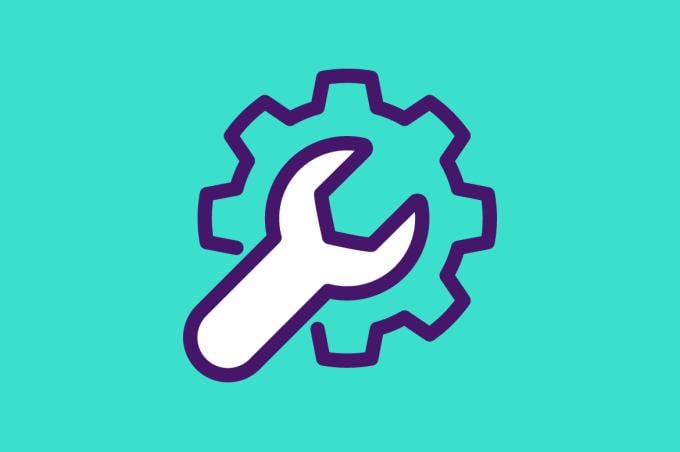If you are a Merit-based Incentive Payment System (MIPS)-eligible physician in a small or rural practice, the chances you saw a penalty in 2025 were far higher than those of a physician in a larger, urban practice.
While the vast majority of MIPS-eligible clinicians were not penalized this year, recently released data shows that when a penalty was imposed, it was the small and rural practices that continued to be the ones disproportionally affected.
Among MIPS-eligible clinicians 86% avoided a penalty in 2025 based on their 2023 data, results shared as part of the Medicare Quality Payment Program. The data includes high-level metrics on participation, scoring and Medicare payment adjustments from MIPS and advanced alternative payment models (APMs).
AMA advocacy helped ensure that physicians were able to still benefit from expanded access to hardship exceptions in MIPS in 2023 due to the COVID-19 public health emergency. The AMA also successfully advocated maintaining the performance threshold needed to avoid a penalty.
But more needs to be done. The 14% of MIPS-eligible clinicians who are receiving a penalty of up to minus 9% of their Medicare paid amount for covered services come disproportionately from three practice types. Nearly half—49%—of solo physicians were penalized, as were 29% of small practices and 18% of rural practices.
Among the practices receiving a penalty, 13% of small practices and 29% of solo practice are getting the maximum negative 9% MIPS penalty.
The administrative complexity and burden that MIPS carries is particularly hard on these practices. The AMA is strongly urging the Trump administration to make regulatory changes that would help relieve the burdens that MIPS imposes and even the playing field for small and rural practices and their patients.
“Despite being implemented in 2017, MIPS has yet to demonstrate better health outcomes for Americans or lower avoidable spending,” the AMA said in a February letter (PDF) to the Centers for Medicare & Medicaid Services (CMS).
“The program imposes steep compliance costs on physicians,” says the letter, which cites a 2021 JAMA Health Forum study finding “that physicians spent $12,800 and 202 hours per year to comply with MIPS.”
The letter also includes a 10-page appendix that offers suggestions and provides analysis of how CMS could improve the MIPS program.
The AMA is leading the charge to reform the Medicare payment system.
More of what the data show
CMS expects to release a more detailed report on MIPS and APMs later this month. Meanwhile, there are some other takeaways from the recently released data:
- The number of qualifying APM participants that are exempt from MIPS rose to 463,669 in 2023, up from 384,105 in 2022. These participants will get a 3.5% lump-sum APM incentive payment in 2025.
- The maximum bonus for MIPS-eligible clinicians who got a perfect score is 2.15%. That is lower than the previous year because the $500 million exceptional performance bonus pool expired.
- There were 541,421 MIPS-eligible clinicians in 2023. Only 20,484 reported via the MIPS Value Pathway (MVP) and 6,790 received their final score from an MVP. Physicians and other clinicians who were scored based on an MVP did slightly better than participants in traditional MIPS. Most MVP reporters also reported in traditional MIPS, so they only received the MVP score when it was higher than the traditional MIPS score.
- APM entities in MIPS continue to get higher scores than other participants. That is in large part because they are exempt from the cost-performance category, which in 2023 had an average score of 61% compared with a 75% average score in the quality performance category, for example.
AMA proposes new system
The AMA has proposed an incentive payment system called the “data-driven performance payment system” that has been endorsed by every state medical society and more than 100 national specialty societies (PDF).
The proposed payment system would:
- Be better for small, rural and safety-net practices by eliminating the win-lose tournament model in MIPS and cutting the maximum penalty from negative 9% to one-half of a physician’s annual payment update.
- Create more relevant and accurate measures by encouraging CMS to share data on a quarterly basis that physicians could use to improve performance on quality and cost measures.
Learn more with the AMA about this new approach, why MIPS is broken and how it can be replaced.




